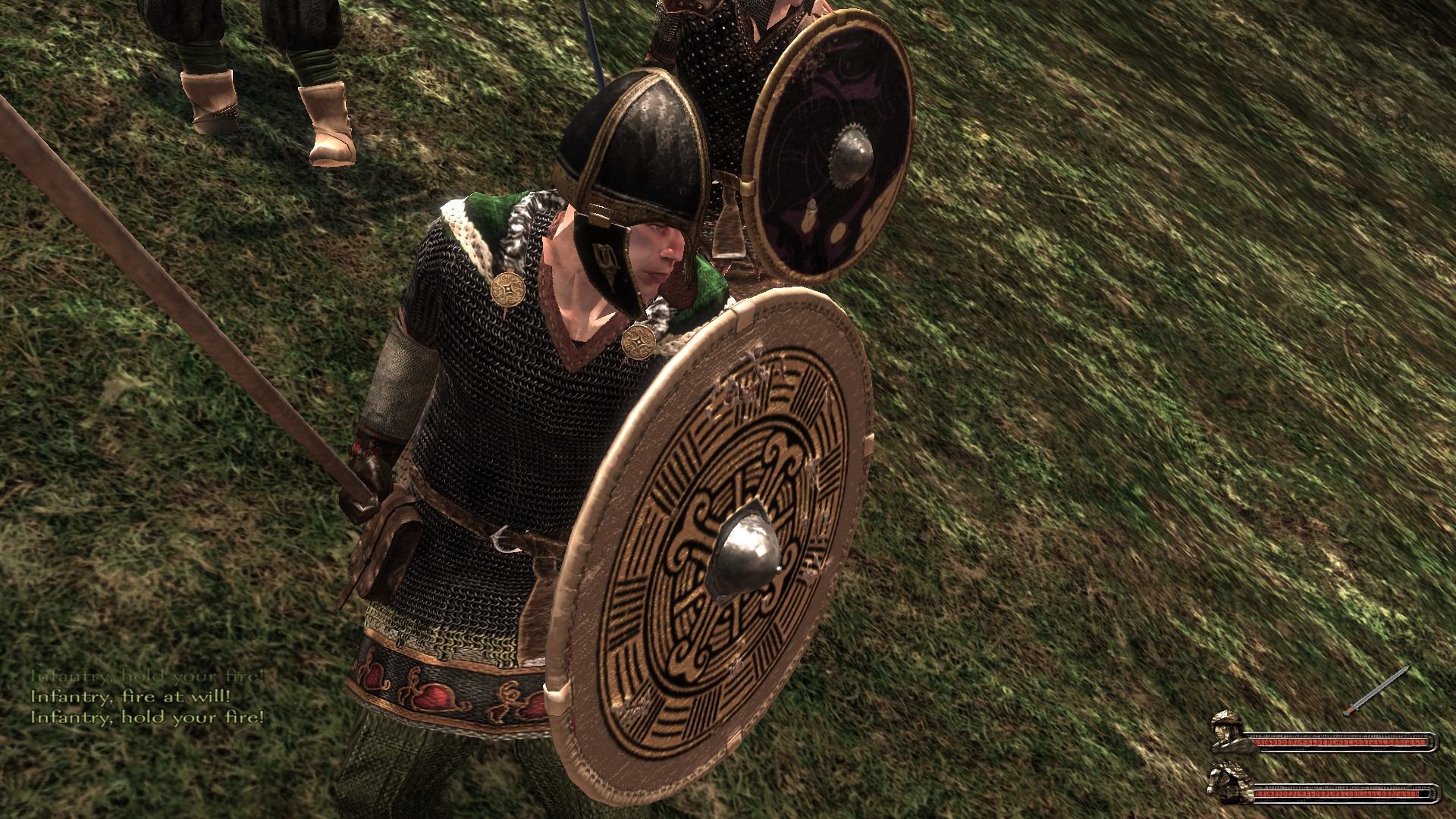


These 790 Scottish islands, including those of Orkney, Mann, Skye, Shetland, and the Hebrides are also perfectly situated to receive goods (and retreating forces) back from Ireland and Britain, as well as Iceland and lands further west. Sailing out from Norway, Denmark, and Sweden towards the rich monasteries, fertile fields, and abundant resources of Ireland and Britain, the archipelago of islands that form the west of Scotland would make perfect base camps for armies to amass and trading posts to flourish.

The Norse realized that through daring, and the use of their technologically-advanced dragon ships, they could gain far more wealth and land than they could ever expect to gain at home. In the Viking Age (roughly 793-1066) much of the energy of Scandinavia was focused outward. The motivation for Viking conquest/colonization in Scotland is immediately apparent upon studying any world map. For the natives of Scotland, it was not just the active influences of this Norse presence, but also their reactions towards it, that forged many disparate tribes into one people. Within a relatively short period of time in the early ninth century, Vikings had taken enough territory in Scotland to form their own kingdom there (called Lothlend, or Lochlainn), which at its height extended influence from Dublin to York.

In addition to the rich supply of archaeological evidence, Scotland boasts some of the highest Nordic DNA outside of Scandinavia, and shares many cultural similarities with Norway. While several references in surviving sagas and other Norse lore strongly state that Scotland was best avoided – being a land of fierce savages and abominable weather – many Vikings obviously ignored the advice. Scotland played an important role in Viking raiding, trading, and colonization and the Vikings played an important role in the history and national identity of Scotland. Over 700 Viking items to choose from! Shop now!


 0 kommentar(er)
0 kommentar(er)
